Stair step cracks
Mortar too thin, water infiltration from above
Stair step cracks occur in stucco over block walls. The main source of the problem is the stucco mortar is too thin. Water infiltration from above is also a source, or a combination of the two.
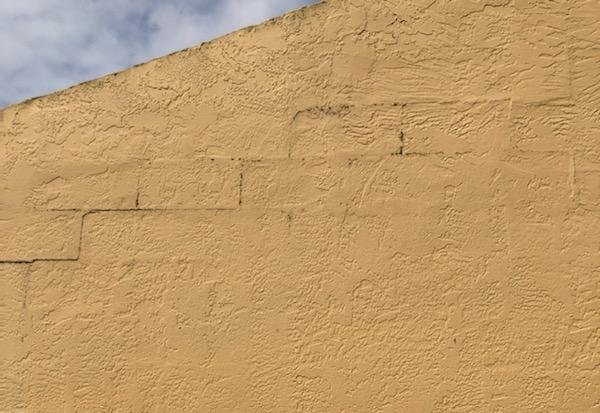
A view of stair step cracks on this wall in Florida. There is no coping on the top of the wall. Coping is the three sided flashing on top of a parapet wall. Note the darks moss on the cracks that indicate water coming out of the wall. Also the stucco mortar is paper thin, indicated by being able to read the block joints through the stucco.
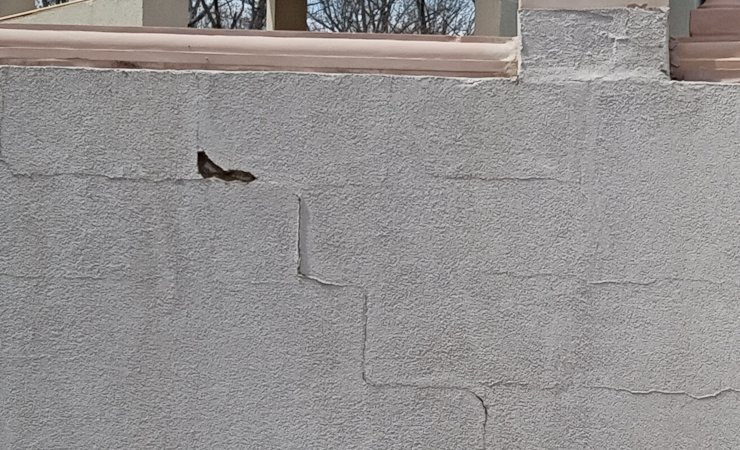
A close up of stair step cracks on this one coat stucco application in Gainesville, Virginia. The synthetic finish will stretch with the cracks for some time, but eventually the finish turns brittle. This application is about 10 years old.
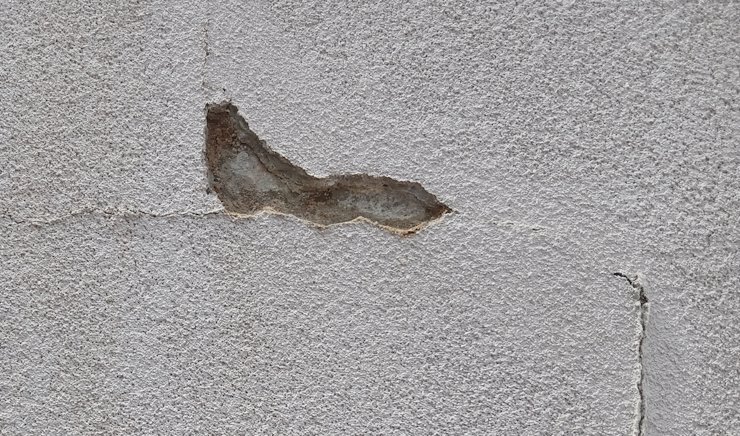
A closer close up of the same area shows a hole caused by water infiltration from above. Thin mortar, about a quarter of an inch, is wet and mushy. The water infiltration is due to lack of a drip edge on the steps above. The stair step cracks are because the mortar is too thin.
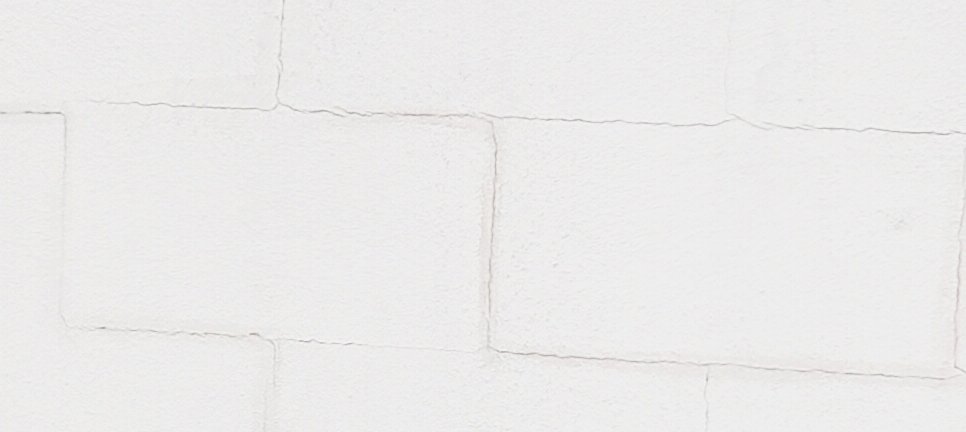
Stair step cracks are on this stucco addition built in 1974. The mortar was way too thin.
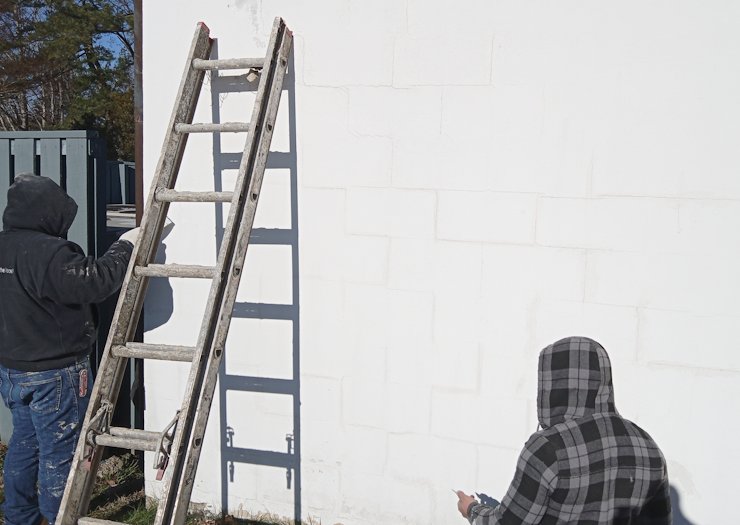
We filled in the cracks with vinyl spackle just to help out, but the cracks are liable to come back.
Prevention of stair step cracks is putting on a minimum 3/4 inch of mortar on all block walls. Of course, walls should have coping on parapets, adequate drip edges, etc.
A permanent solution for correcting stair step cracks is to put at least another 1/2" of mortar on the wall, using my chipping and bonding method. A cement basecoat and a cement finish coat with an acrylic in the mortar should solve this problem forever. Of course, the wall should be inspected for lack of flashing or drip edges.